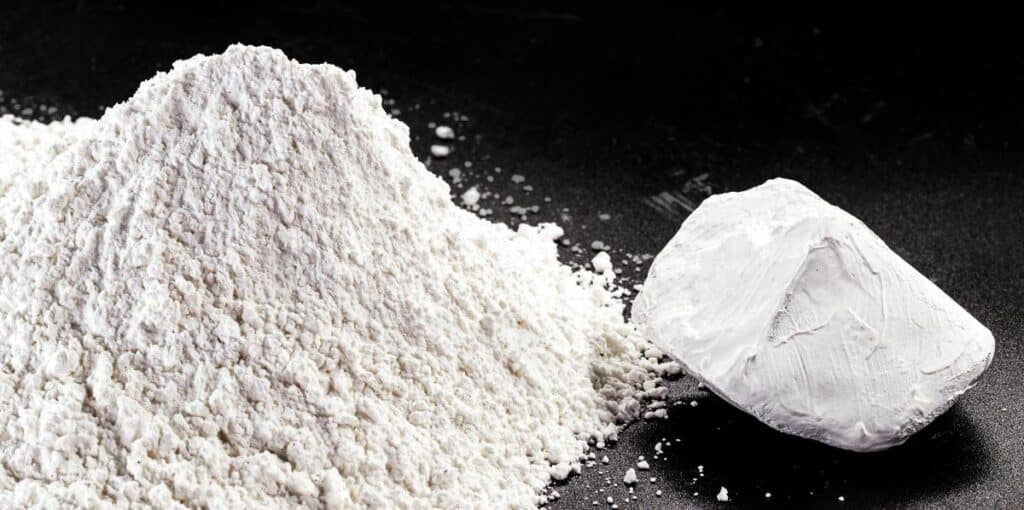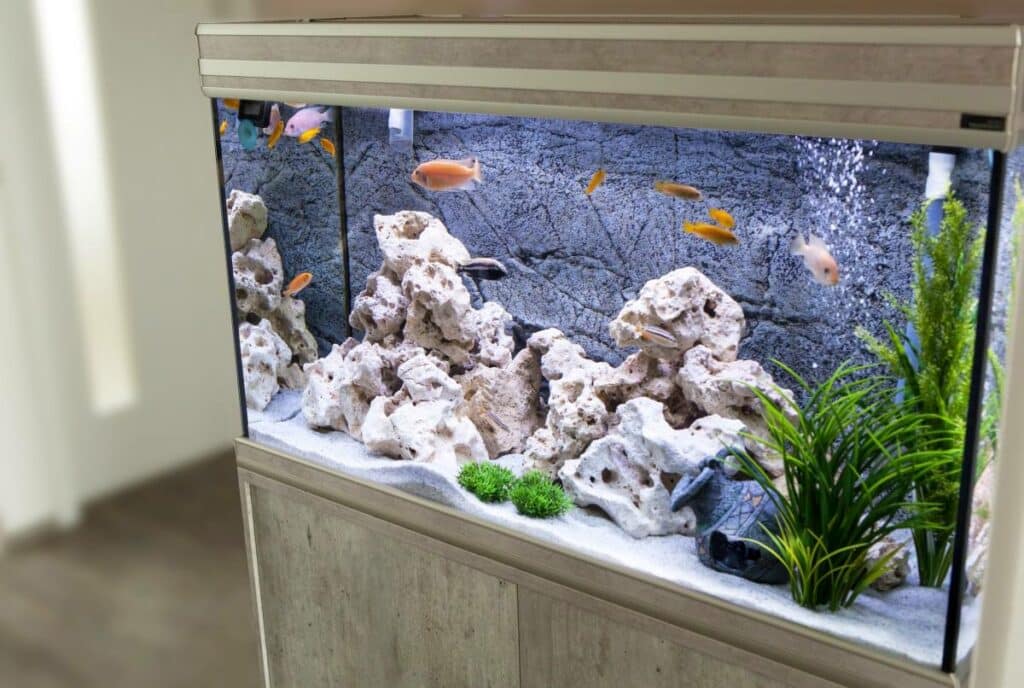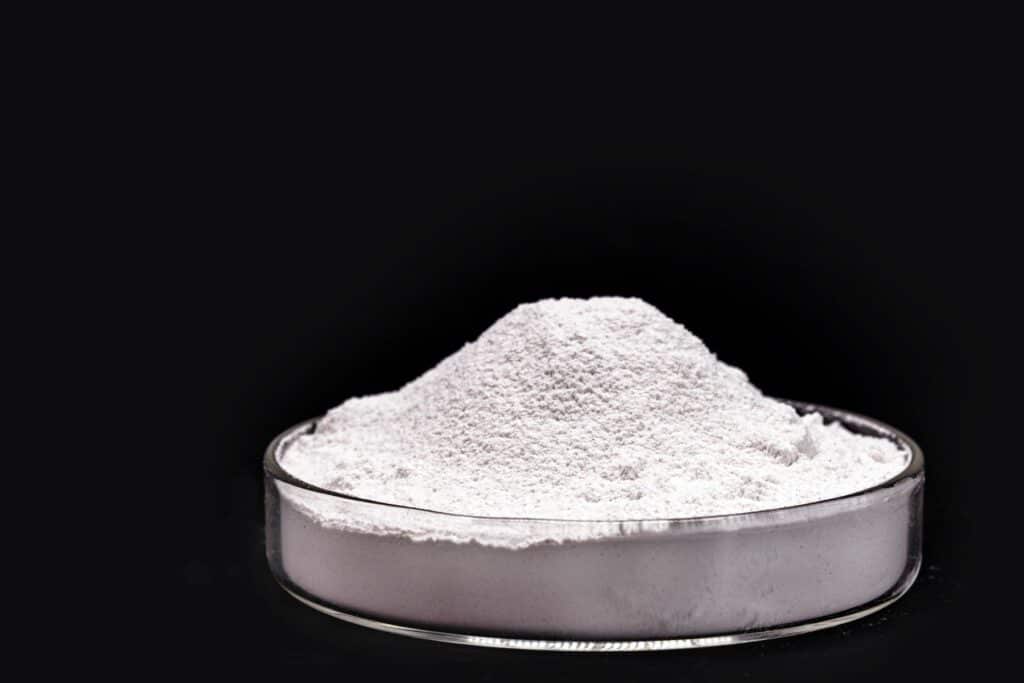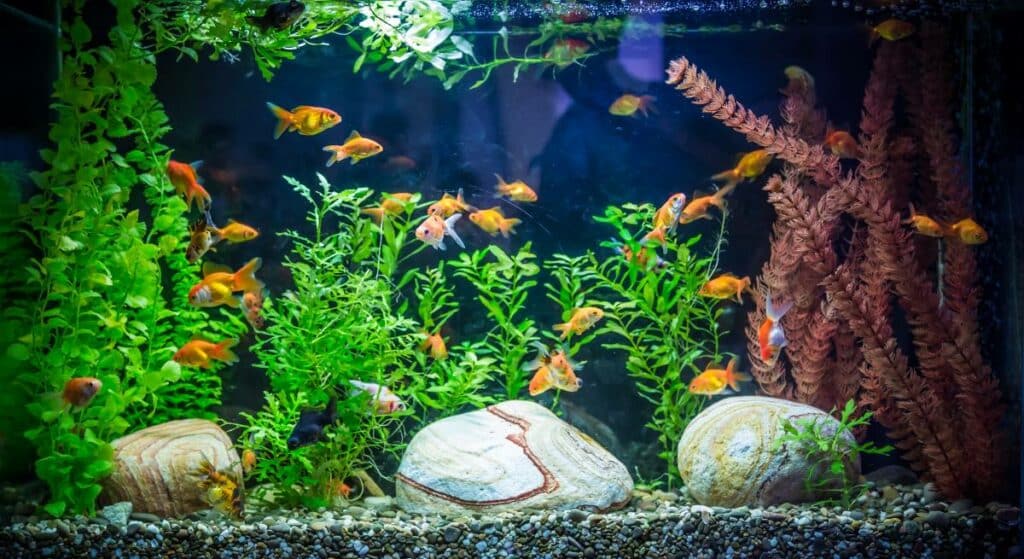the essentials in brief
Silicates support the cell formation of plants and sponges in the aquarium. We explain more to you here.
The term Silicate denotes chemical compounds with the element silicon. You can find more information about the former here.
Silicate is formed by geological activities in the earth's mantle and is used in a variety of ways in the chemical industry. You can read more about this here.
Silicates are fascinating chemical compounds that are not only used for that growth of some organisms are important, but can also influence water chemistry and algae growth. We explain to you how they are made, what makes them different from silicon and how they do that affect aquarium life can!
What is silicate?

key fact box
The main difference between silicon and silicates is that silicon is a single chemical element while silicates are chemical compounds made up of silicon and oxygen atoms.
are silicates chemical compounds, which are composed of silicon and oxygen atoms and are widespread in nature and in numerous industrial applications. You are an important class of minerals and play a crucial role in many materials used in everyday life.
Silicates are abundant in the earth's crust because silicon is the second most abundant element in the earth's mantle, right after oxygen. They make about 90% of the rock volume on earth out.
These compounds are formed through the chemical reaction of silicon dioxide (SiO2) with various metals or alkalis. Some of the most common silicate minerals are feldspars, quartz, olivine and mica.
The production of silicates is carried out in different ways, depending on what purpose they are intended to serve. Here are some of the most important production method:
- geological processes: The natural formation of silicates occurs through geological processes involving volcanic activity, metamorphism and erosion.
- precipitation from solutions: Silicates can also be produced by precipitation from solutions. This process is used in the chemical industry and for the production of catalysts.
- Sol-gel method: The sol-gel method involves the hydrolysis and condensation of silicon alkoxides to produce a clear, colloidal solution (sol). This process is commonly used to make coatings, catalysts, and glass.
- Pyrolysis of silicate compounds: Some silicates can be produced by the thermal decomposition of silicate compounds at high temperatures. This method is used in the ceramics industry to produce refractory materials.
Silicates have one wide range of applications in various industries including construction, glass production, ceramics production, electronics, catalysis, cosmetics and medicine.
you will in Glass and ceramic forms used to make various products, from windows and tableware to high-performance components in electronics. Silicates are also used in agriculture Soil improver and fertilizer because they can provide important nutrients such as potassium.
silicate in the aquarium

key fact box
Adding silicates to the aquarium should be done with caution as excessive silicate levels can lead to unwanted algae growth.
If you want a certain silicate content for the growth of organisms or plants, you can add silicates to the aquarium in different ways:
- Sources of silicate in the water: Tap water and many commercially available aquarium salts already contain a certain amount of silicates. Therefore, there is usually no need to add additional silicate sources. Before adding silicates, you should test the silicate levels of your water to determine if supplementation is necessary.
- Special silicate agents: There are commercial silicate additives that are specifically designed to increase the silicate level in the aquarium.
- Use of siliceous substrates: Some aquarists use siliceous substrates, e.g. B. siliceous sands or substrate to gradually increase the silicate content in the water.
Before you add silicates to the aquarium, it is always advisable to find out about the needs of your aquarium inhabitants and plants and to test the silicate content in the water to find out ensure a balanced environment. If you are unsure, it is advisable to ask an experienced aquarist or specialist retailer for advice.
Their effect in your body of water
Silicates play an important role in the aquarium, especially in relation to the growth of algae and the well-being of certain organisms. Silicates are widespread in nature and can be found in the aquarium useful in various ways .
That is an important aspect growth of diatoms, a type of unicellular algae. Diatoms need silicates to build their cell walls. With sufficient silicate levels, they can multiply profusely and lead to a brown or greenish algal bloom known as "diatoms".

Although excessive diatom blooms can be perceived as unsightly, they are not harmful in moderate amounts and can serve as food for certain invertebrates.
invertebrates, such as snails and hermit crabs, can eat diatoms to help control their growth. This makes them useful helpers in maintaining the balance in the aquarium.
Some organisms in the aquarium, such as sponges and siliceous sponges, need silicates to maintain their skeletal structures made of silica build up. These organisms can be an interesting addition to a well established reef aquarium.
Plant growth and pH stabilization
Silicates can also be used to stabilize the pH value contribute in the aquarium by being act as a buffer. This is particularly beneficial in hard water aquariums, as the silica content can help keep the pH in the optimal range for most fish and invertebrates.
Some aquatic plants can also benefit from a certain level of silicate in the water, since silicon is essential for the structure of their cells is used. Adequate silicate levels can support the growth and development of these plants, allowing them to develop healthily.
Additional information: In saltwater aquariums it is often desirable to keep the silicate content low to avoid uncontrolled growth of algae.
The control of the silicate content in the aquarium can be done by regular water changes, use of high-quality osmosis water and the use of silicate removers.
By observing the aquarium and taking proper care of it, a healthy balance between silicates and other chemical parameters in the water are maintained to create an optimal environment for the organisms living in the aquarium.
Exciting minerals: silicates
With proper care and attention, adding and controlling silicates in the aquarium can help create a harmonious environment to create a habitat in which fish, plants and invertebrates can thrive. Remember that every aspect of the aquarium is interconnected, and a conscious one Management of water parameters is the key to a successful aquarium experience.


